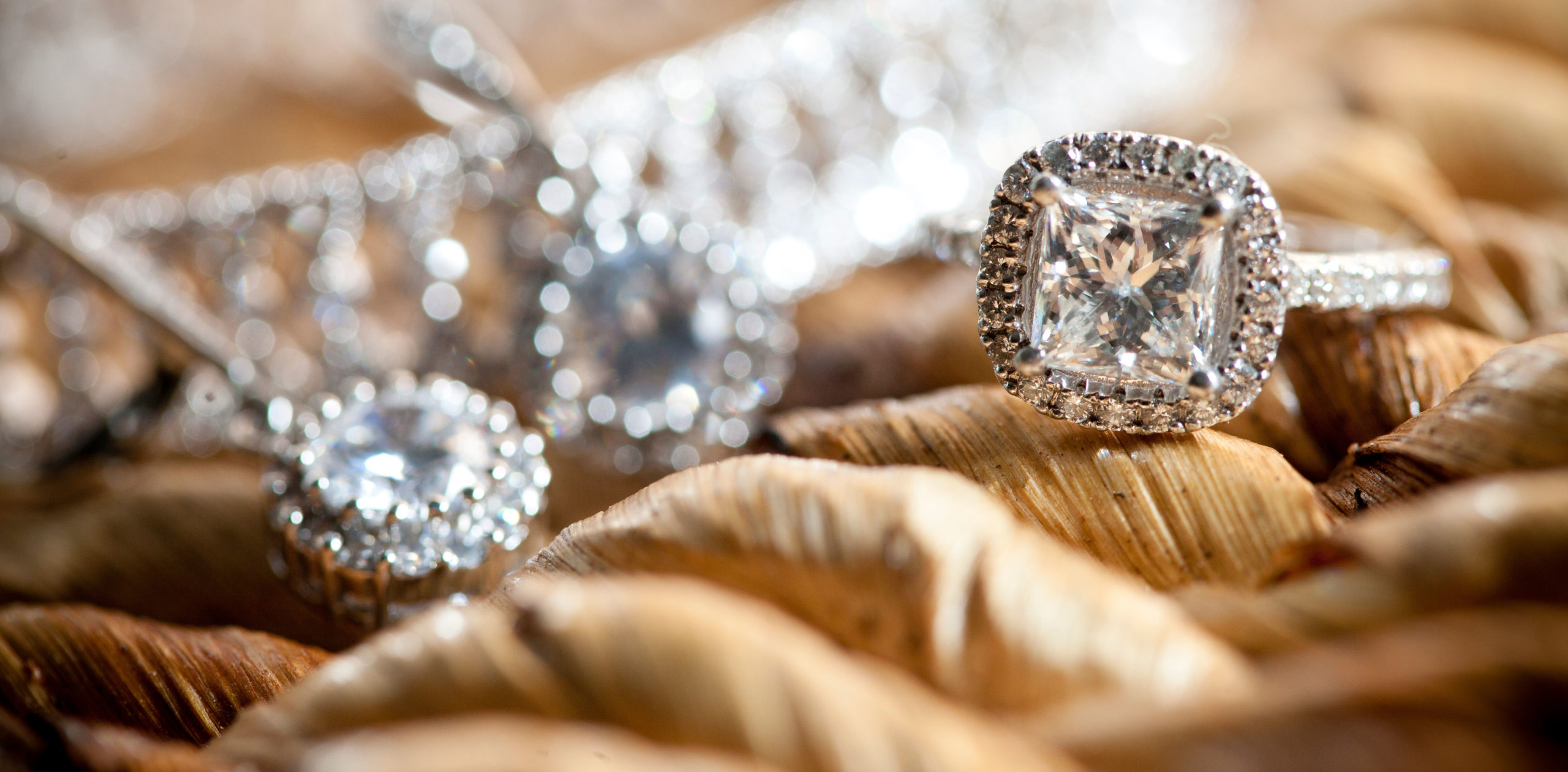

Lab diamonds, sustainable luxury
The new global trend that democratises access to luxury from a sustainable and environmentally responsible point of view.
21st century laboratories have managed to imitate natural diamonds in a new synthetic product that maintains the chemical, optical, thermal and physical characteristics of the original stone. The final product is practically impossible to distinguish by the naked eye, but the process of obtaining it is very different. However, despite being presented as a sustainable alternative, the market for diamonds, synthetic or natural, is still marked by controversy.
These replicas are created over a period of seven to ten days, then cut and graded according to the same standards as natural diamonds. The International Gemmological Institute recognises these new diamonds and even certifies them, to ensure that they meet the requirements to be considered synthetic diamonds and not simply diamond fakes.
The end of blood diamonds
The process of obtaining diamonds is one of the most criticised, because of the direct link between obtaining them and the exploitation of natural resources. It is estimated that for each carat of diamonds, 250 tonnes of earth are moved, and the acid drainage required for their extraction contaminates, besides soil, surface and underground water.
Human exploitation, and countries’ conflicts to gain access to these strategic mines of great economic interest, often occupied and militarised, are also facts taken into account.
These are the so-called “conflict diamonds“, which, because they are sold to rich countries, end financing armed conflicts. The Kimberley Process, established in 2003, is a commitment signed by 56 countries to curb the production of these diamonds.
Today, as a result of the agreements signed by all member countries, only 0.2% of the diamonds that reach the final consumer are conflict diamonds. Even so, the process of obtaining and distributing them continues to be questioned throughout the world, in what appears to be a conflict with more interests than solutions.
From fake diamonds to organic diamonds
In 1952, the first lab-created diamonds, using the HPHT method (high pressure and high temperature), appeared. Since then, other labs and methods have been developed to imitate this mineral, always connected to the black market for the purpose of obtaining lower price imitations.
Recently, however, the diamond market has evolved towards an ecological vision, which rejects social and environmental exploitation without renouncing to the luxury associated with it. But with controversy due to the amount of energy that laboratories need to produce them, a common fact within industry, but which calls into questioning the sustainability label. Sources of energy used, the amount of water required and the management of distribution and waste can be key elements to curbing such impact.
Democratising diamonds to attract young people
Ecology and price (between 40% and 50% cheaper) are the two major factors that have managed to bring diamonds closer to society as a whole, including young people. Celebrities such as Leonardo DiCaprio, Penélope Cruz and Meghan Markle are joining the trend for synthetic luxury in their public appearances, and even jewellery brands such as the Danish Pandora are joining the trend in a radical way: they will only sell synthetic diamonds.
Thus, a new scenario is opening up in which the world of diamonds is changing its perspective. It is moving from exploitation to environmental awareness, from exorbitant prices to increased competition, and from being a luxury for the few to opening up to new audiences. The creation of synthetic diamonds does not imply, at present, overcrowding the sector, and the product still retains a high value, but for the first time, it is within the reach of the public.
Do you want to be the first to receive the latest news about 11Onze? Click here to subscribe to our Telegram channel





👏
Gràcies per la informació amena i variada.
👏🏽👏🏽👏🏽
Molt interssant i satisfactoria informació,Merci!
Gràcies, seguim.
Interessant per tindre’n coneixement i valorar-ho si es dona la situació.
Gràcies, Vicenç, són aspectes bons de conèixer i més sabent el que hi ha darrere.
En la mateixa línia proposo un article sobre els dispositius mòbils (smartphones) “de sang”.
Gràcies, Pere. Ho tindrem present. Atent a La Plaça, aleshores!
Ok
Gràcies, Josep. Ens veiem a La Plaça!
Excel·lent notícia! Per diversos motius 🙂
Cert, Jaume!
Segurament per als neòfits, com ara jo,si em presenten un diamant natural i un sintètic, no sabré apreciar la diferència a simple vista
Però hi ha una cosa,que si es farà palesa,no serà un diamant de sang i a més respectarà els canons ambientals
Em recorda una mica a la lluita de les pells sintètiques contra la matança d’animals per aconseguir la seva pell
Un pas més d’avenç
Hola, Alícia, sí a poc a poc i amb les exigències dels clients anem canviant la indústria i els mercats. A vegades només cal una mica d’investigació per descobrir la veritat. Fins aviat
👍
Gràcies, Joan. Ens veiem a La Plaça!
És molt difícil valorar un diamant natural. El color, les impureses, talla…tot això fa que sigui molt fàcil que et prenguin el pèl. Amb els diamants sintètics suposo que això no passa, en aquest sentit són més fiables. Però no hem de oblidar que és un producte industrial i que si es millora la producció, també s’abaratiran.
Estic d’acord amb tu!
Molt interessant. Si no saps que existeixen els diamants sintètics no en buscaràs informació. Amb aquests articles es descobreix i s´aprèn una nova “cultura general”. Gràcies
Estic amb tu Mercè!
Molt interessant l’article dels diamants!! Entenc que son els que “la gent del carre “ entenem com els de no veritat però bons !! Com les perles cultivades . No ho sàvia , m’agradat !!!
Jo també he après que eren els diamants sintètics Manel!